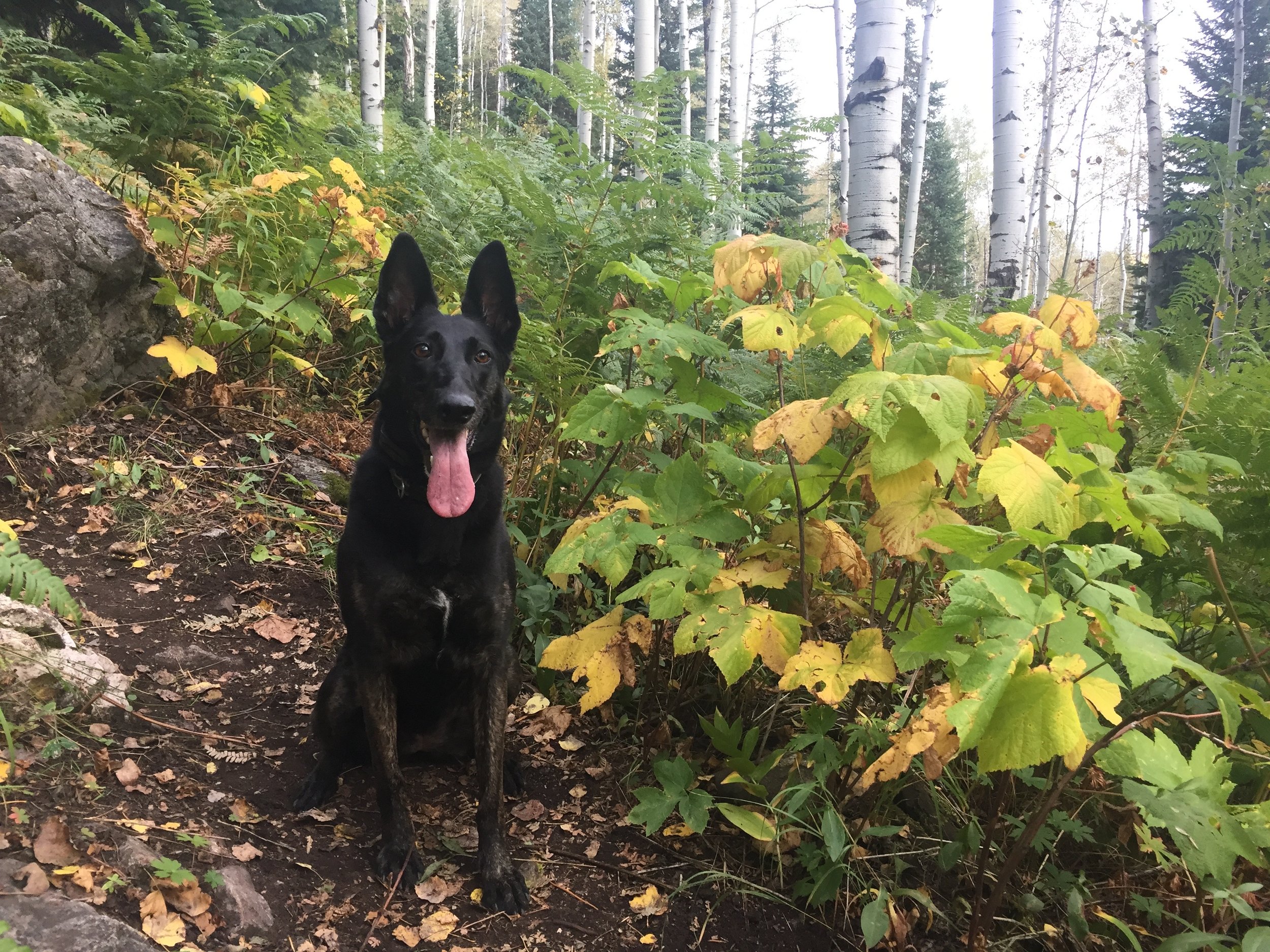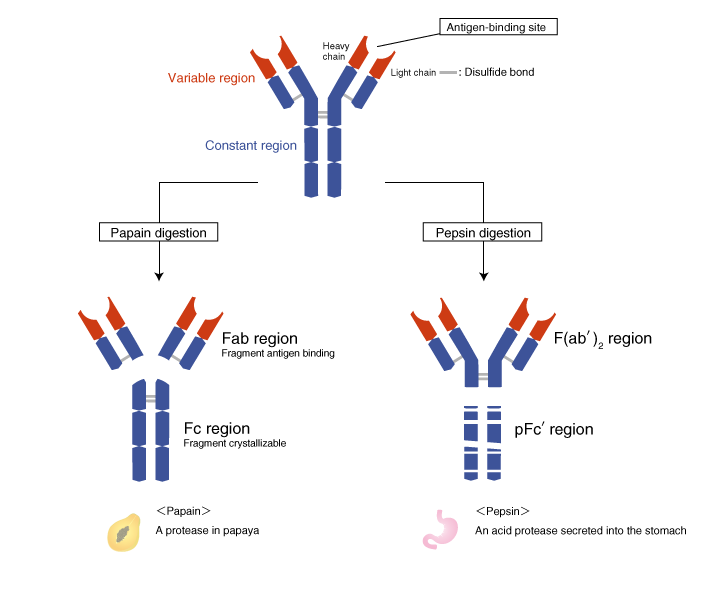Many people ask about the antivenoms that are used for envenomations in dogs and cats, so here is your immunology lesson for the week.
We have three veterinary-specific products available to us: Venom Vet, Rattler, and ACP. These are all licensed to be used for ALL North American pit viper bites (rattlesnakes, copperheads, and cottonmouths). It is rare to use CroFab or Anavip (the human pit viper antivenoms) in veterinary medicine due to the cost and the fact that there are labeled products for animals, but either could be used in animals. Coral snake antivenom is a human product that we use on animals and is different from pit viper antivenom.
All veterinary antivenom products are derived from horses. Basically, venom is collected from snakes and injected into horses. This process is repeated a number of times. After enough time has passed for the venom to generate an immune response (antibody production), a sample of the horses’ blood is collected and filtered to harvest the antibodies.
Antivenom is a product derived from those horse antibodies. These antibodies or antibody fragments are what work to neutralize the venom. Antibodies look sort of like a Y. The top part is called the Fab (fragment antigen binding) region. The bottom part is called the Fc (fragment crystallizable) region. Collectively, the entire antibody is referred to as an IgG molecule.
https://ruo.mbl.co.jp/bio/e/support/method/antibody-structure.html
Antivenom can either be made using the whole antibody or just a region of the antibody. The larger the molecule size, the longer the half-life, meaning the antivenom stays in circulation longer. Full IgG molecules are larger than F(ab)2 pieces (the top of the Y, minus the Fc). The upside of IgG antivenoms is that because they stay in circulation longer, you may end up needing less total antivenom. The downside is that with the Fc fragment still attached, you have a higher risk of hypersensitivity reactions.
The Venom Vet product is an F(ab)2 molecule. This means that the most reactive part of the antibody (the Fc portion) has been removed, so there should be fewer allergic reactions in theory. ACP is a whole IgG molecule, making it theoretically more likely to cause an allergic reaction. Rattler is also whole IgG, but instead of being a small, highly concentrated volume of antibodies, it is 50ml of equine plasma. Due to Rattler being plasma from a different species, there is a larger theoretical chance of allergic reaction. The coral snake antivenom is also an IgG product.
Overall, reactions to these products are rare. Usually, fewer than 10% of cases. If allergic (hypersensitivity) reactions occur, they are treatable, whether it is hives or anaphylaxis. You can treat these reactions with Benadryl and/or epinephrine. The reason allergic reactions happen is because there are foreign (horse) proteins in the antivenom. Studies have shown that all of these products have the same efficacy but varying allergic reaction rates. Lower reaction rates have been noted for F(ab)2 products (2.5-3.5%) compared to IgG (7.2-9.3%). But all are good products; if your pet needs antivenom, any of these is a solid option.
Average costs for these products range from about $300-1,000 per vial. If you live in an area with venomous snakes, you should consider getting pet insurance or putting aside some money in case of a bite to a pet, as total envenomation treatment costs can range from about $800-10,000+ depending on how bad the bite is.
Cory Woliver, DVM
University of Florida
If you found this article helpful, please consider donating to ASF today. Every donation is 100% tax deductible and goes directly to patient care in Africa.


